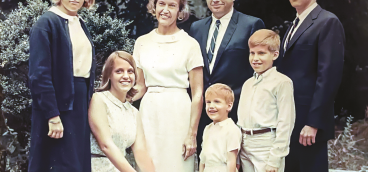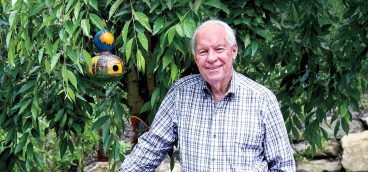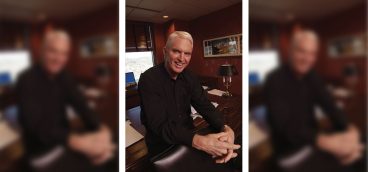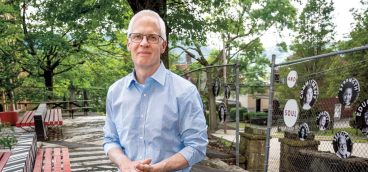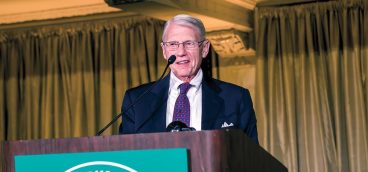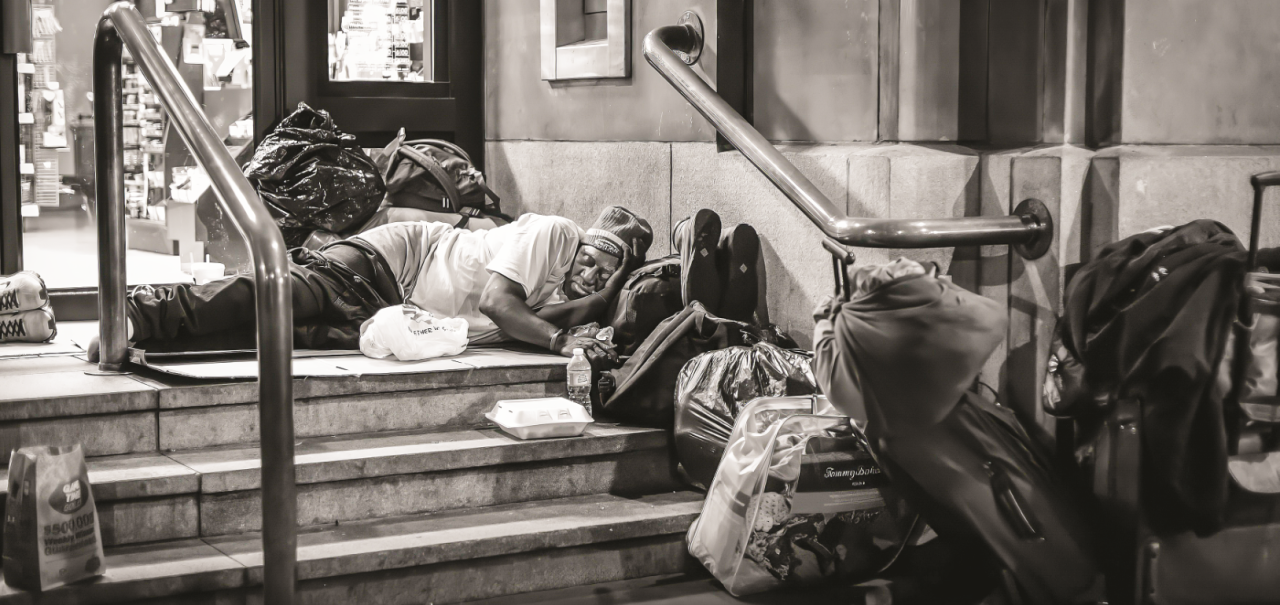
Inspired by childhood memories of accompanying his physician father and nurse mother on medical calls, Dr. Jim Withers began providing medical care to Pittsburgh’s homeless in 1992. Initially dressing as a homeless person and accompanied by a savvy formerly homeless man, “Dr. Jim” started making regular nightly rounds in alleys and under the city’s bridges.
Motivated by this outreach, other clinical volunteers joined in, and “Operation Safety Net” was born. Today, the organization, which operates out of the Pittsburgh Mercy Health System, is recognized as one of the nation’s first full-time “street medicine” programs, and it continues to set the standard for this unique form of health care. Dr. Withers, Safety Net’s founder and medical director, helped galvanize a movement that has spread throughout the nation and around the world.

“The concept of ‘the other’ always attracted me. Part of that is just an innate curiosity about places and people who are different.”
My new documentary, “Go to the People,” which we are releasing this year, communicates Dr. Withers’ holistic health-care vision, while showing his work firsthand, and demonstrating its impact. When I decided to make this film, Dr. Withers said I’d be forever changed in the process. We agreed to embark with my faithful film crew on a “pilgrimage” to see an often sad and complex side of human existence, one that few people ever see (or want to see). I returned a different person.
“My work with people living on the streets came not so much from my belief that they needed me but, rather, my realization that I needed them,” Dr. Withers said. His approach is modeled on the house calls he made as a youth with his father, in rural Pennsylvania. “My dad would visit people, and maybe have a cup of coffee with them. To him, every patient was a person first. His visits weren’t just a matter of getting more medical information; they were a means of connection. From that platform, with a relationship and solidarity of purpose forged between doctor and patient, he believed that people truly wanted to get well.”
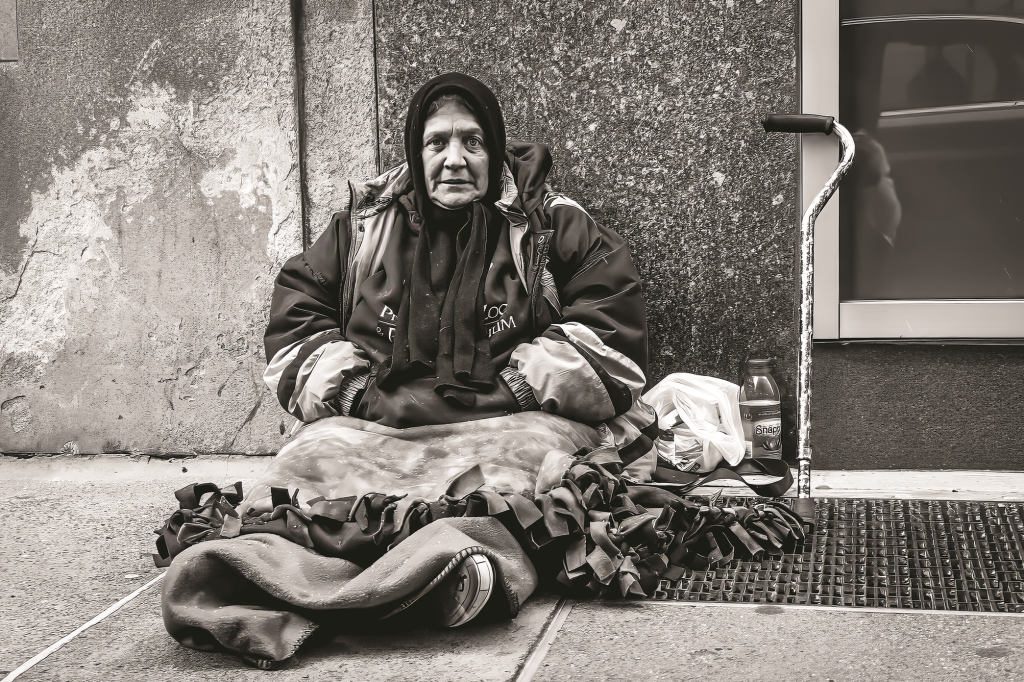
“We’re going to have to re-think the whole concept of homelessness and what we’re going to do about
it because, ultimately, you can only ‘other-ize’ people for so long.”
During our pilgrimage, which took several years, I learned that every interaction with a homeless person must begin with compassion and a sincere interest in the person’s problems. Sometimes, just listening to their personal stories is enough to open communication. According to Dr. Withers, every homeless person has a story about their journey to what Jack London once called “the abyss.” And although there are trends – poverty, mental illness, domestic and/or child abuse, and addictions – every homeless person is unique. “I began to see pieces of myself in every homeless person I met,” he said. “And I have always considered it a privilege to be welcomed into their camps, not to solve their problems, per se, but to connect with them as valuable, unforgotten human beings.”
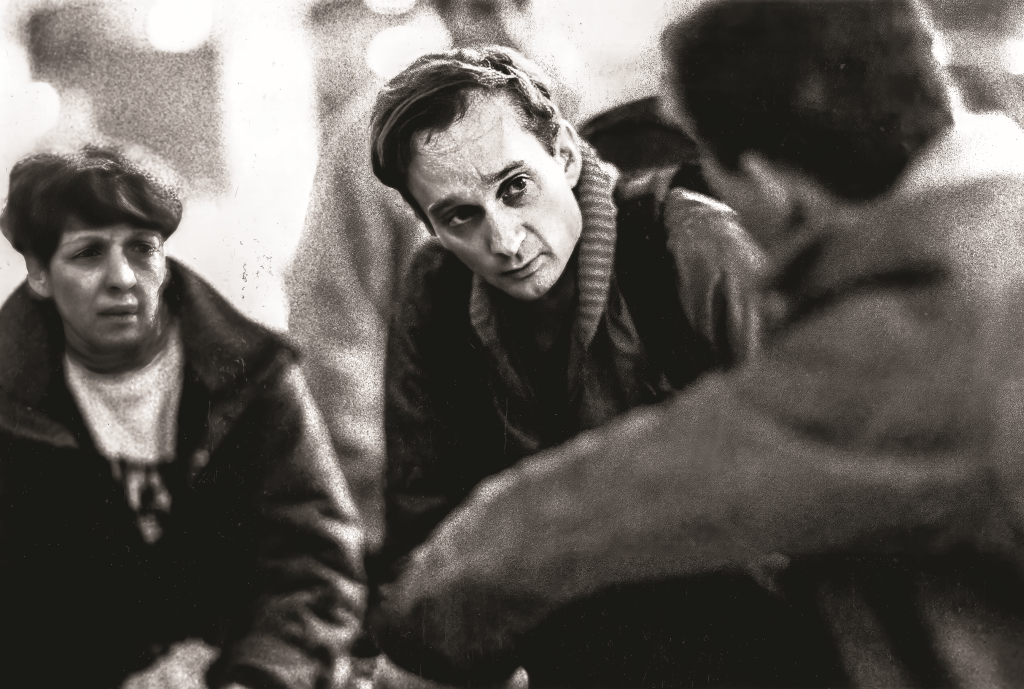
“Reality isn’t for beginners. It’s the deep end of the pool. You can stay in the shallow end, but to embrace the full calling of providing healthcare, you must be willing to look at life and situations as they are.”
In medical education, Dr. Withers contends that forces are at work cautioning young physicians that homeless people are dangerous and don’t deserve the care everyone else wants. “I entered this idealistic profession with lots of dreams and values, and then I hit the wall,” he said. “Many of the systems we have created dehumanize the people we’re supposed to be serving. I came to see health care and health-care training as a giant machine that serves its own purposes more than those of the people who need it.”
Dr. Withers finds his work energizing because he’s not running away from reality. “It’s easy to stay in your comfort zone, but to move toward reality is a lot more exciting and interesting than trying to define reality for others.” He sees himself as part of a vanguard of caregivers who are moving into a whole new medical arena. “As a society, we must support doctors, nurses and other health-care practitioners who are inclined to move freely outside the boundaries of established medicine for the greater good.”

“I think we have an opportunity, at this point in history, to shift the curve a bit toward the positive and optimistic, and away from the fearful, defeatist and selfish. I think our human nature calls us to do it.”
In the film, my crew and I, with Dr. Jim, visited like-minded caregivers who were inspired by him and his work, as well as many homeless people and encampments in Pittsburgh, Detroit, New Orleans and Santa Barbara. We ventured overseas to Denmark, The Netherlands, South Africa, and India. Traveling from place to place, one thing became certain: When it comes to the practice of street medicine, one size does not fit all. Each destination has its own challenges and, consequently, needs a unique and specific program. But while the circumstances facing each location differ, the needs of the people remain the same.



